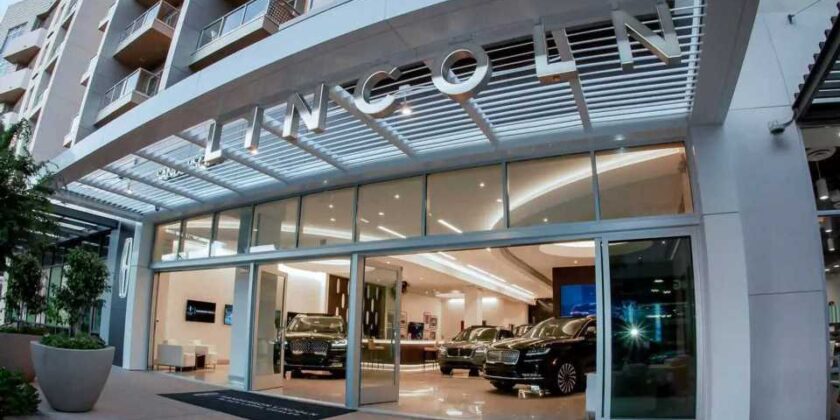The nearly 17,000 franchise dealerships in the United States will invest an estimated $5.5 billion in new infrastructure to sell electric vehicles, according to the National Automobile Dealers Association (NADA), a car dealer trade group.
NADA didn’t elaborate on this estimate, leaving out details such as a timeline for the spend, according to Green Car Reports, but it did mention that some automakers have asked dealerships to invest anywhere between $100,000 and $1 million for chargers and other upgrades to sell electric vehicles.
With this being said, the car dealer trade group says that these costs “do not necessarily include the specialized equipment purchases needed to service EVs or the additional costs from local utilities for extending new power lines or adding transformers” to support EV charging.
According to NADA, there are 16,733 franchise dealerships across the country today, employing nearly 2.3 million people and paying an average yearly wage of almost $89,000.
With increasing competition from automakers that rely on direct sales, like Tesla, Rivian, and Lucid, traditional franchise dealers are under pressure from legacy automakers to step up their EV game. However, a recent report from Sierra Club shows that 65 percent of US car dealers don’t have any EVs on sale and 45 percent of dealers say they’re unwilling to sell them.
That’s despite the fact that franchised dealerships in California alone lost an estimated $910 million in unrealized profit in 2022 because of competitors’ direct-to-consumer sales, according to J.D. Power.
With EV sales expected to soar in the next decade, thanks to lower starting prices, tax credits, and a massive investment in public charging infrastructure, traditional dealers will need to work out if they want to stay in business or not, which is no easy task.
Recently, Ford announced that dealerships will no longer be able to mark up EVs or haggle over pricing starting next year, while General Motors has looked to its dealer network to install destination chargers in communities while supporting a part of the associated costs.
As always, we’d like to know what you think about this, so head over to the comments section to give us your thoughts.
Source: Green Car Reports
Source: Read Full Article
